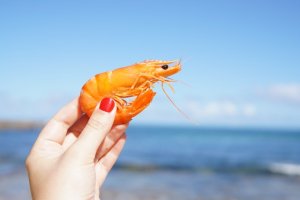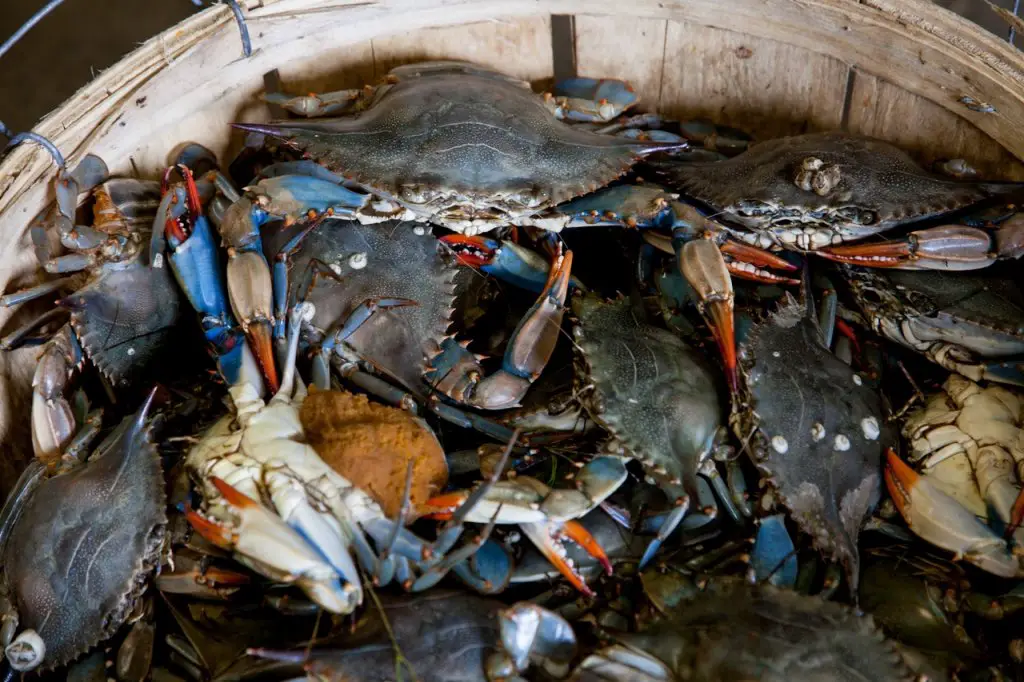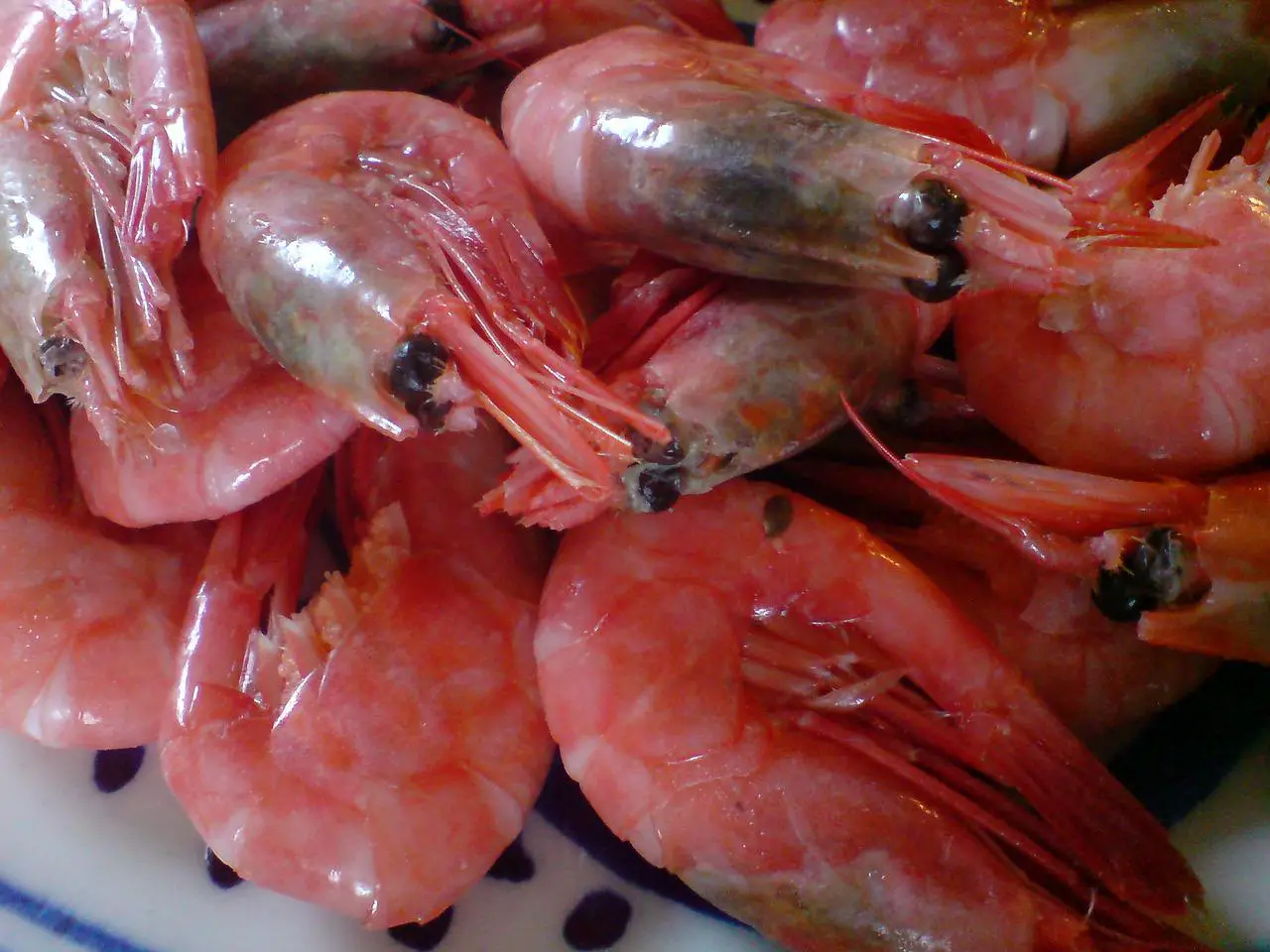Yes, you can compost shrimp shells. The shells will be broken down by soil microbes responsible for breaking everything from leaves to animal waste, which is good for plants.
Shrimps are one of the seafood delicacies we love to indulge in. When preparing this delicious meal, we remove the shells that, in most cases, are thrown in the garbage bin and later in the landfills, where they add no value to the environment.
Are you in a dilemma on what to do with the shrimp shells?
Shrimp shells are made of chitin, a material similar to proteins found in animal bones and crab exoskeletons.
The only part of the shell that won’t fully break down is the calcium carbonate exoskeleton, a common mineral in the earth’s crust. So some tiny pieces may be left after your garden has been turned over for a few years.
Table of Contents
Do Shrimp Shells Make a Good Compost?
Yes, shrimp shells are great for the compost pile. Like other shells, they add calcium, nitrogen, magnesium, and other minerals to the soil. They also help break down heavier materials and make a more nutrient-rich soil.
Shrimp shells provide carbon-rich materials to the compost that balances out the nitrogen in kitchen scraps. The addition of calcium carbonate in seafood helps improve the pH balance of your compost, which can be a challenge when using only plant materials.
Because it is so rich in nutrients, shrimp compost should only be used in small amounts to prevent over-fertilization and ensure that the soil remains balanced.
The only downside is that they can attract pests like slugs and worms, so check your compost every once in a while for these unwanted guests!
What Is Shrimp Compost Used For?
Shrimp shell compost is quite beneficial to the soil. When using shrimp compost, you must first add it to your soil before planting. You can also use shrimp compost as a top dressing for your plants.
When adding shrimp compost to your garden, you should ensure that you have added enough water so that there are lumps in your mix. This will allow faster penetration of the nutrients into your soil and promote the healthy growth of plants or grass in your garden area.
Here are some of the benefits that a compost receives when you add shrimp shells;
- Shrimp compost is beneficial to our gardens and turf areas because it is a natural fertilizer. Shrimp compost’s nutrients are ideal for plant growth and soil re-enrichment.
- Shrimp shells have chitosan, which is a version of chitin. It is an organic material found in fungal cells, butterfly wings, and insect exoskeletons. They are beneficial in hampering fungus growth, activating natural defense mechanisms in most plants.
- Making shrimp shells also prevents them from ending up in landfills, saving the environment.
- They are good for soil amendment.
- Shrimp compost can act as a top dressing for plants or turf areas
- It’s richest in nitrogen, which helps plants grow large and strong, so it’s an ideal soil supplement for flowering plants and leafy vegetables.
- It also contains phosphorus, which promotes root growth for plant health.
- Shrimp compost is also high in potassium, which helps prevent disease and keeps plants growing as they fend off predators.
- It’s rich in micronutrients like iron and zinc; it can help boost natural pest resistance—the pests won’t be able to survive.
- Shrimp compost is an excellent fertilizer for growing vegetables and other plants in water. It helps them grow faster, produce more fruit or flowers, resist diseases, and increase the plant’s overall health.
- This compost is also good for horticultural therapy gardens or any place that uses hydroponic gardening techniques.
How Long Do Shrimp Shells Take To Decompose?

The length of time shrimp shells take to decompose depends on various factors: how much moisture they have, how many different types of microorganisms are around, how much oxygen is available, etc.
However, it generally takes around a year for them to decompose to a point where they can be considered fertilizer for plants.
The decomposition process will speed up with more moisture in the environment. If you keep your shrimp shells dry, however, it could potentially take anywhere from three months to a year for them to begin decomposition.
Also, crushing dried shells into smaller pieces or powder can help speed up decomposition by exposing the shell’s surface to beneficial bacteria easily.
Another way to quicken the process is by composting in hot compost. The process can increase to a couple of weeks in high temperatures.
10 Steps On How To Compost Shrimp Shells
Composting shrimp at home is a simple DIY process. However, try including them along with other types of yard waste to get the most benefit from your shrimp shells.
They’ll break down just as well on their own, but you’ll get better results if you mix them with many other materials.
Here are 10 tips on how to easily compost shrimp shells:
Step 1: Boil all the shrimp shells.
Boiling the shrimp shell will help in reducing the odor and removing any shrimp meat that could have remained. The boiling should be for around 20 minutes.
Step 2: Dry all the boiled shells.
You can do this by putting them on the baking sheet inside an oven. The temperature should be low and allow them to dry until they become easy to break and brittle.
Step 3: Crush all the shrimp shells.
Once they are dry, you can either decide to use a blender to blend them into a powder, crush them using your hands or even use a mortar and pestle to crush them.
Step 4: Digging a compost hole.
Dig a compost hole of about 10 to 12 inches deep. It would be best if you used a shovel for a deep hole. That distance should be hot enough for quick decomposition.
The compost will need a temperature of 100 to 160 degrees Fahrenheit.
Step 5: Add grass clippings, leaves, and shrimp shells powder into the compost bin.
It should be deep inside to receive the high temperature. The high temperature is where the microorganisms are active in breaking down the shrimp shells.
You should continuously add the brown and the green organic material into the compost.
Step 6: Cover with other composting materials.
Other kitchen scraps that make up green organic material should be added on top. To speed up the process of breaking down the shell, you can add some nitrogen-rich materials (things like coffee grounds or grass clippings) to help balance out the pH level of your compost pile.
Another way to expedite decomposition is to compost at a higher temperature than usual.
Step 7: Cover it with soil.
The soil should be on top, covering all the food scraps in the compost bin. The barrier is also vital in keeping animals away from the compost.
Step 8: Regularly turn the compost using a spade or a pitchfork.
Regularly turning the compost gives the microbes enough oxygen to decompose the organic materials and the shells. The decomposition process produces heat.
Step 9: Add a little bit of water to the compost.
Apart from oxygen, microbes also need water to survive. With no water in the compost, they may die.
However, too much water may turn the compost into a slimy, smelly mess and may never decompose. The goal is to maintain the compost moist, not watery.
Step 10: wait for full decomposition; if all factors favor accelerated decomposition, the compost should be ready after a few months.
However, if it is a slow decomposition, wait one year for a full decomposition into rich compost.
Can You Put Other Seafood Shells In Compost?
Eating seafood provides us with several health benefits, but it also leaves us with some waste products that we have to deal with.
For example, shellfish such as clams, prawn shells, mussels, oysters, and scallops naturally produce shells when they grow to adulthood. Therefore, these shells will remain long after the fish has been eaten.
Yes, you can put other seafood shells in the compost! Seafood shells are just like any other bone or shell—they are mostly made of calcium and can be decomposed.

Even the bones from crustaceans like shrimp or crab can be added to the compost. You’ll probably have better luck with soft-shelled mollusks (clams, oysters, and mussels) than with a hard shell, but there’s no reason not to try.
So long as they’re clean and free of meat, you can toss them right in. Note that lobster and crab shells are slightly more involved since both will have bits of meat attached to them.
The process is simple: Put the shells and other decomposing scraps into your compost bin with some leaves and other carbon-rich materials.
The bacteria in these materials help break down your food scraps and make them available to plants as fertilizer.
The resulting soil will contain more nutrients than before, meaning that gardeners who use it will end up with healthier crops than they would have otherwise.
The Takeaway
Shrimp shells are compostable. As a passionate environmentalist, try and add shrimp shells to your compost for your garden to enjoy the enormous nutrients that are in these shells.

